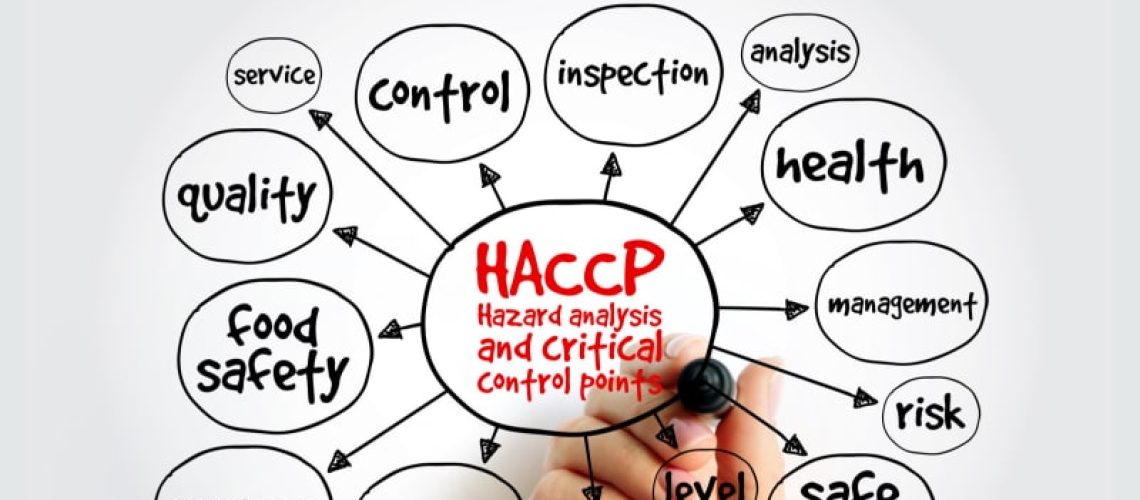Food safety is a critical concern for everyone involved in the food industry – from farmers and manufacturers to distributors and consumers. The HACCP (Hazard Analysis Critical Control Points) system is a comprehensive approach to food safety that helps to identify and prevent potential hazards at every stage of the food production process, from the farm to the fork.
HACCP is a proactive system that focuses on prevention rather than relying solely on end-product testing. It is based on the principle that it is much more effective and efficient to prevent hazards from occurring in the first place rather than trying to detect and control them after they have already happened.
The process of implementing HACCP involves seven key principles:
1. Conduct a hazard analysis: This step involves identifying and assessing potential biological, chemical, and physical hazards that may be present in the food production process. Hazards can include microbial contamination, allergens, chemical residues, foreign objects, and more.
2. Determine critical control points (CCPs): Critical control points are the specific points in the food production process where hazards can be controlled or eliminated. For example, in the manufacturing of canned goods, a critical control point would be the thermal processing step to ensure that all bacteria are destroyed.
3. Establish critical limits: Critical limits are the maximum or minimum values that must be met at each critical control point to ensure food safety. These limits are often based on regulatory requirements or scientific data.
4. Establish monitoring procedures: Monitoring procedures are put in place to ensure that critical control points are being managed effectively. This can include regular testing, inspections, and record-keeping to track and verify the effectiveness of control measures.
5. Establish corrective actions: If a critical control point is not being met, corrective actions must be taken to address the issue and prevent unsafe food from reaching consumers. This may involve adjusting processes, retraining staff, or making physical changes to equipment.
6. Establish verification procedures: Verification procedures are used to periodically review and evaluate the effectiveness of the HACCP system. This can include internal audits, third-party inspections, and laboratory testing to ensure that food safety standards are consistently met.
7. Establish record-keeping and documentation: Accurate and detailed records are essential for demonstrating compliance with the HACCP system. This includes maintaining records of hazard analysis, critical control points, monitoring results, corrective actions, and verification activities.
By following these seven principles, the HACCP system helps to ensure that food safety is prioritized at every step of the food production process. This comprehensive approach significantly reduces the risk of foodborne illnesses and provides consumers with the confidence that the food they are consuming is safe.
HACCP is not only beneficial for consumers but also for businesses. Implementing HACCP can help food manufacturers and distributors avoid costly recalls, legal issues, and damage to their reputation. It also provides a competitive advantage by demonstrating a commitment to food safety and quality.
In conclusion, understanding and implementing the HACCP system is crucial for ensuring food safety from farm to fork. By identifying and controlling potential hazards at critical control points, businesses can prevent foodborne illnesses and provide consumers with safe and high-quality food products.


